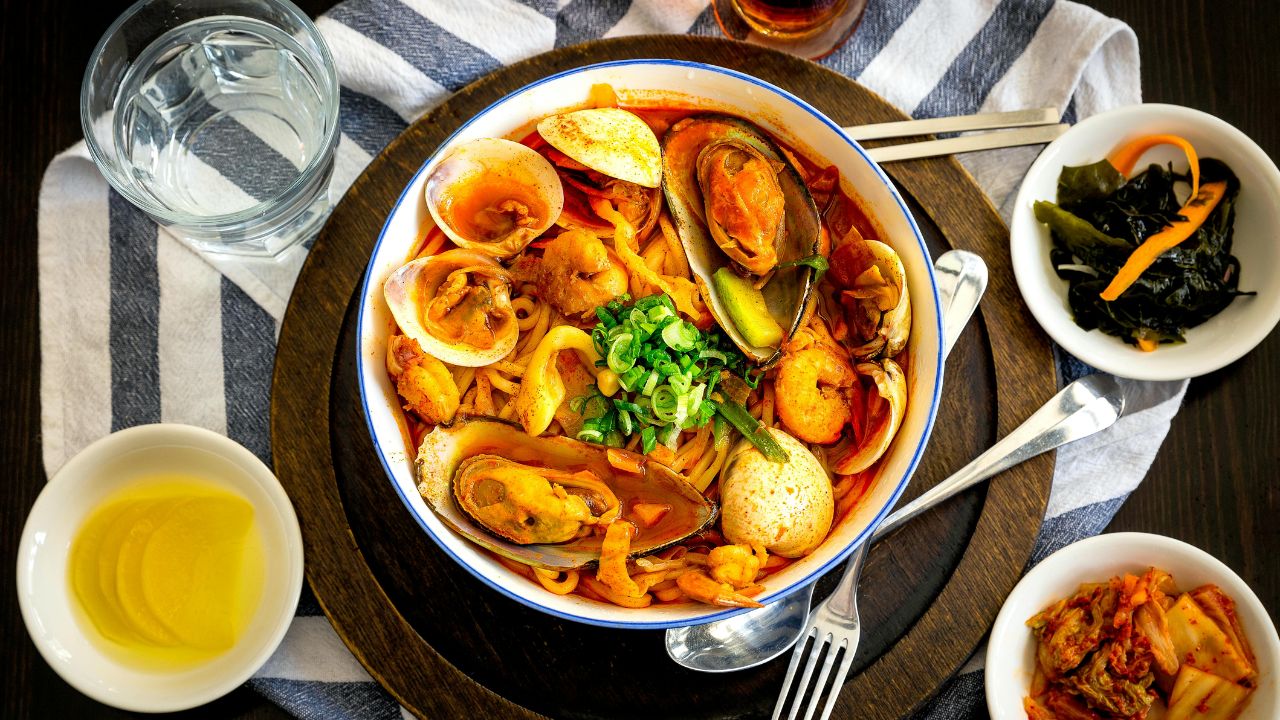Should you come across the name Noodle 88 on a menu or food blog, you most likely wonder—what makes this meal so unique? Is it merely a clever moniker, a lucky number, or a secret recipe? Whether you are a curious foodie or just appreciate noodles, this book has all you should know about Noodle 88. We’ll examine its origins, what’s in it, how to make it at home, and why it’s become popular in restaurants all around. Prepare to slosh your way through the mouthwatering specifics!
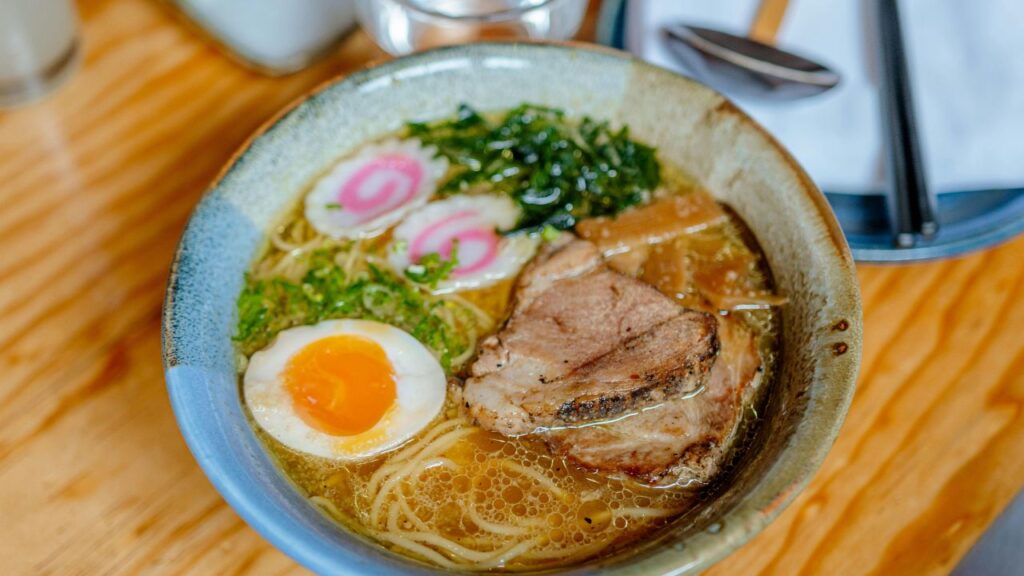
What Is Noodle 88? Breaking Down the Basics
Usually seen in Chinese and South-east Asian restaurants, popular stir-fried dish The name most probably comes from the lucky number “88,” which in Chinese society stands for luck and wealth. Usually made with thin egg noodles or rice noodles combined with a range of proteins (such as chicken, beef, or shrimp), crisp vegetables (like bok choy, carrots, and bean sprouts), and a savory sauce made from soy sauce, oyster sauce, and sesame oil. Some varieties give a sour twist with lime or a scorching kick with chili paste. With its careful balance of textures—chewy noodles, tender beef, and crunchy vegetables—all coated in a glossy, aromatic sauce—Noodle 88 sets itself.
The Origins of Noodle 88: A Dish with a Story
Stir-fried noodle dishes are a pillar of Cantonese cuisine even if the exact history of Noodle 88 is unknown. Many restaurants call dishes or set menu prices using the number “88,” which is significant in Chinese society and generally associated with luck and wealth. As chefs integrated regional cuisines, Noodle 88 grew outside China throughout time and changed in places such as Hong Kong, Malaysia, and the United States. In Thai-inspired variants, for example, you would find fish sauce or lemongrass; American-Chinese restaurants would use broccoli or snap peas. These days, there are many varieties of global comfort food.
Key Ingredients That Define Noodle 88
The components of Noodle 88 hold the magic. For authenticity, begin with fresh egg noodles or thin rice noodles. Heartiness comes from sliced pork, chicken, or plump shrimp; freshness and crispness come from veggies including cabbage, mushrooms, and scallions. The sauce blends savory basics: dark soy for color, light soy sauce for saltiness, oyster sauce for umami, and a little sesame oil for smell. Some foods call for garlic, ginger, or chili flakes for more depth. Final flair comes from toppings including fried shallots, cilantro, or a lime squeeze. Vegetarians can substitute tofu or tempeh from the flexible recipe; gluten-free diners can use tamari instead of soy sauce.
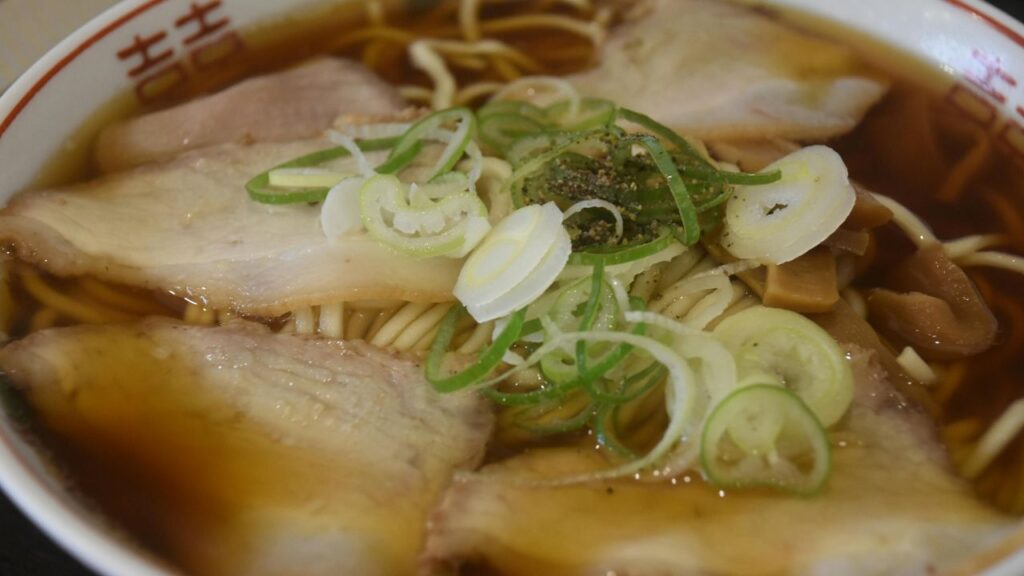
How to Cook Noodle 88 at Home (Even If You’re a Beginner)
The restaurant-style moniker should not scare you; Noodle 88 is simple to prepare at home! Cook your noodles following the package first; boil egg noodles for three to four minutes or soak rice noodles in boiling water). Once heated in a wok or large skillet, stir-fry minced garlic and ginger until fragrant. Add your protein, brown it, then toss vegetables and stir-fry for two to three minutes. Push everything to the side; add beaten eggs and gently scramble them. Add the noodles and sauce mixture, swirling everything together till covered. Drizzle with chopped peanuts or sesame seeds. Stir-frying moves quickly, thus preparing all ingredients ahead of time (also known as “mise en place”).
Noodle 88 vs. Other Stir-Fried Noodles: What’s the Difference?
You might wonder—how does Noodle 88 stand apart from pad Thai, chow mein, or yaki udon? The sauce and flavors hold the key. While pad Thai depends on tamarind and fish sauce for its sweet-sour taste, Chow Mein makes simpler soy-based sauce using thicker noodles. Yaki udon tastes somewhat milder and uses Japanese udon noodles. Conversely, emphasizes a wider range of proteins and vegetables as well as a richer, more sophisticated sauce using oyster sauce and sesame oil. It lets the natural tastes shine and is also less oily than some takeout restaurants.
Healthier Twists on Noodle 88 for Modern Diets
Love Noodle 88 but wish for a smaller scale? Experiment with these substitutes: Low-carb diets call for zucchini noodles or shirataki noodles; extra fiber might come from brown rice noodles. To increase nutrients, load on vegetables like edamame, bell peppers, or spinach. For protein, tofu or grilled chicken breast maintains lean things. Use low-sodium soy sauce or coconut aminos to cut sodium; avoid MSG. Add genuine chili peppers instead of sweet chili sauce to bring heat. These tweaks help you eat the food guilt-free while maintaining its unique flavors.
Where to Find the Best Noodle 88 Near You
Wanting Noodle but not sure you want to cook? Visit neighborhood Chinese or Pan-Asian eateries; many feature “chef’s specials” or “house noodles” on their menu. Asian markets’ food courts are also excellent venues for real, reasonably priced versions. If you are ordering online, look on delivery apps for terms like “stir-fried egg noodles” or “lucky noodles.” Visit fusion restaurants that creatively spin a meal—like adding truffle oil or kimchi—for a fun night out. Remember to peruse reviews to uncover local hidden treasures!
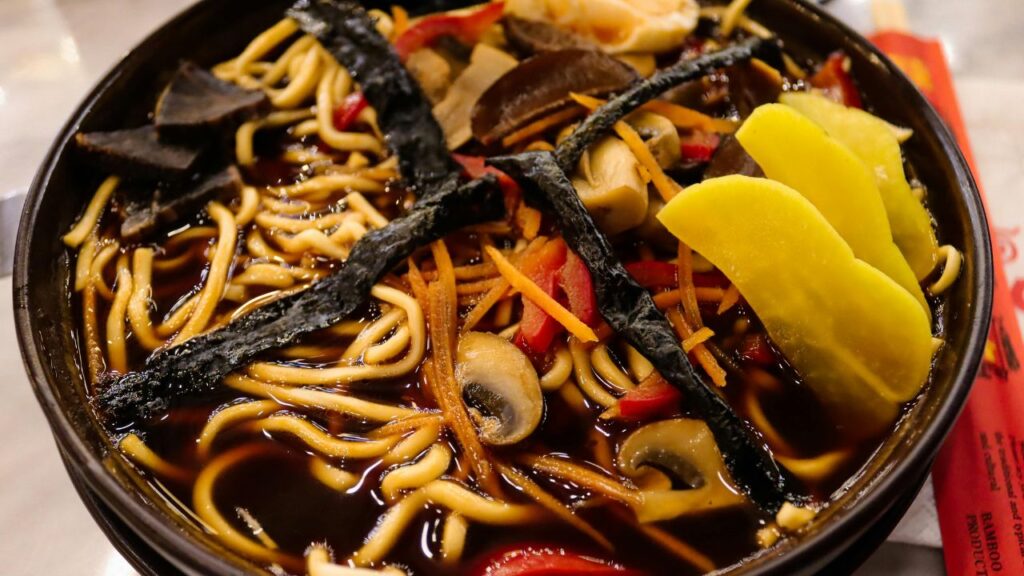
Why Noodle 88 Is Perfect for Meal Prep
Dream food for a meal-prepper is Noodle 88! On Sunday, make a large quantity and divide it into containers for lunches or dinners spread all over the week. The flavors develop over time; the noodles keep nicely in the refrigerator for three to four days. To reheat, throw the noodles in a pan with a slothful of oil to revive the crispness, or sprinkle a little water over them and microwave for one to two minutes. To keep it interesting, toss fresh herbs or a fried egg before serving. Just thaw overnight in the refrigerator; you can even freeze sections for up to one month.
Common Mistakes to Avoid When Making Noodle 88
Simple meals can go wrong as well. Here is how to steer clear of hazards: The noodles should be al dente before stir-frying; never overcook them. Ignoring the step involving garlic and ginger? Major error: those are flavor basics. Straight from the refrigerator cold noodles can make the dish clumpy; first, let them come to room temperature. Cook in batches if necessary; overcrowding the pan causes steaming rather than scorching. Finally, use sparing sauce; start with a little then add more as you toss to avoid sogginess.
Noodle 88: Restaurant vs. Homemade (Key Differences)
| Aspect | Restaurant Noodle 88 | Homemade Noodle 88 |
| Cost | $12–$18 per dish | $8–$12 total (feeds 4) |
| Customization | Limited to menu options | Full control over ingredients, spice, and dietary needs |
| Flavor Depth | Bold, often richer due to high-heat woks and more oil | Lighter, fresher taste with adjustable seasoning |
| Convenience | Ready in 15 minutes (no prep or cleanup) | 30–40 minutes of cooking + prep time |
| Healthiness | May include more oil, salt, or MSG | Healthier swaps (low-sodium sauce, lean proteins) |
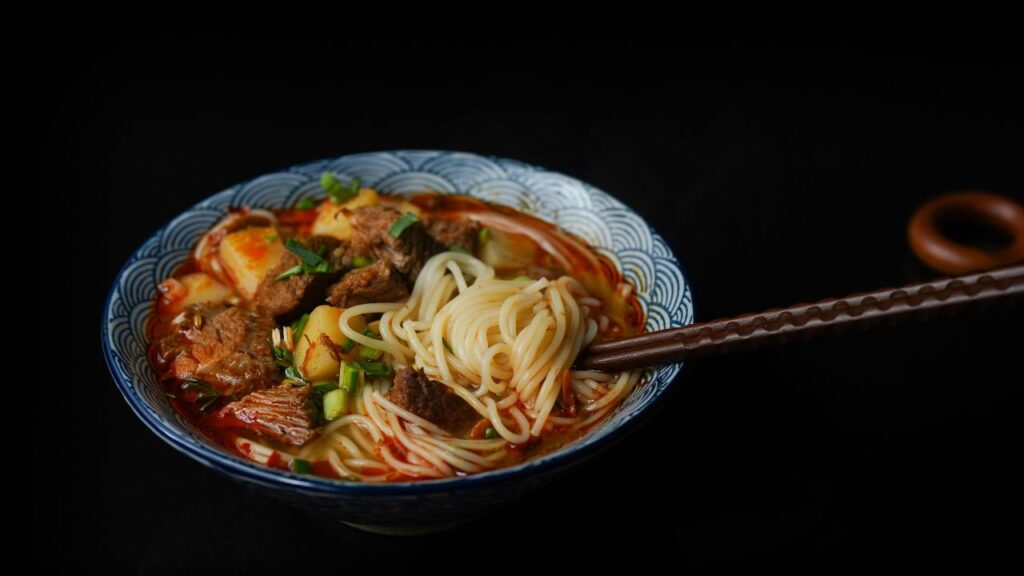
Why Noodle 88 Deserves a Spot in Your Recipe Rotation
Noodle 88 celebrates textures, flavors, and culinary ingenuity rather than merely a meal. This is a filling dinner fit for any occasion whether you’re cooking it at home or getting from your preferred restaurant. Families will find it a crowd-pleaser, a quick cure for hectic evenings, and a blank canvas for nutritional changes with its blend of protein, vegetables, and saucy noodles. Try it to find why this lucky-numbered noodle dish has won hearts (and stomachs) all around.
FAQ’s
1. Is Noodle 88 spicy?
It can indeed! Recipe calls for different spice levels; add fresh peppers or chili paste for heat, then skip them for a moderate variation.
2. Can I make Noodle 88 gluten-free?
Indeed! Replace soy sauce with tamari or coconut aminos and toss with rice noodles.
3. What protein works best in Noodle 88?
Popular are chicken, prawns, or tofu; but, feel free to add beef, pig or even scrambled eggs.
4. How do I prevent sticky noodles?
Rine cooked noodles under cold water then mix with a little oil drizzle before stir-frying.
5. Can I use pre-packaged stir-fry sauce?
Indeed, homemade sauce—soy, oyster, sesame oil—tastes better and aids in control of sugar and salt.
